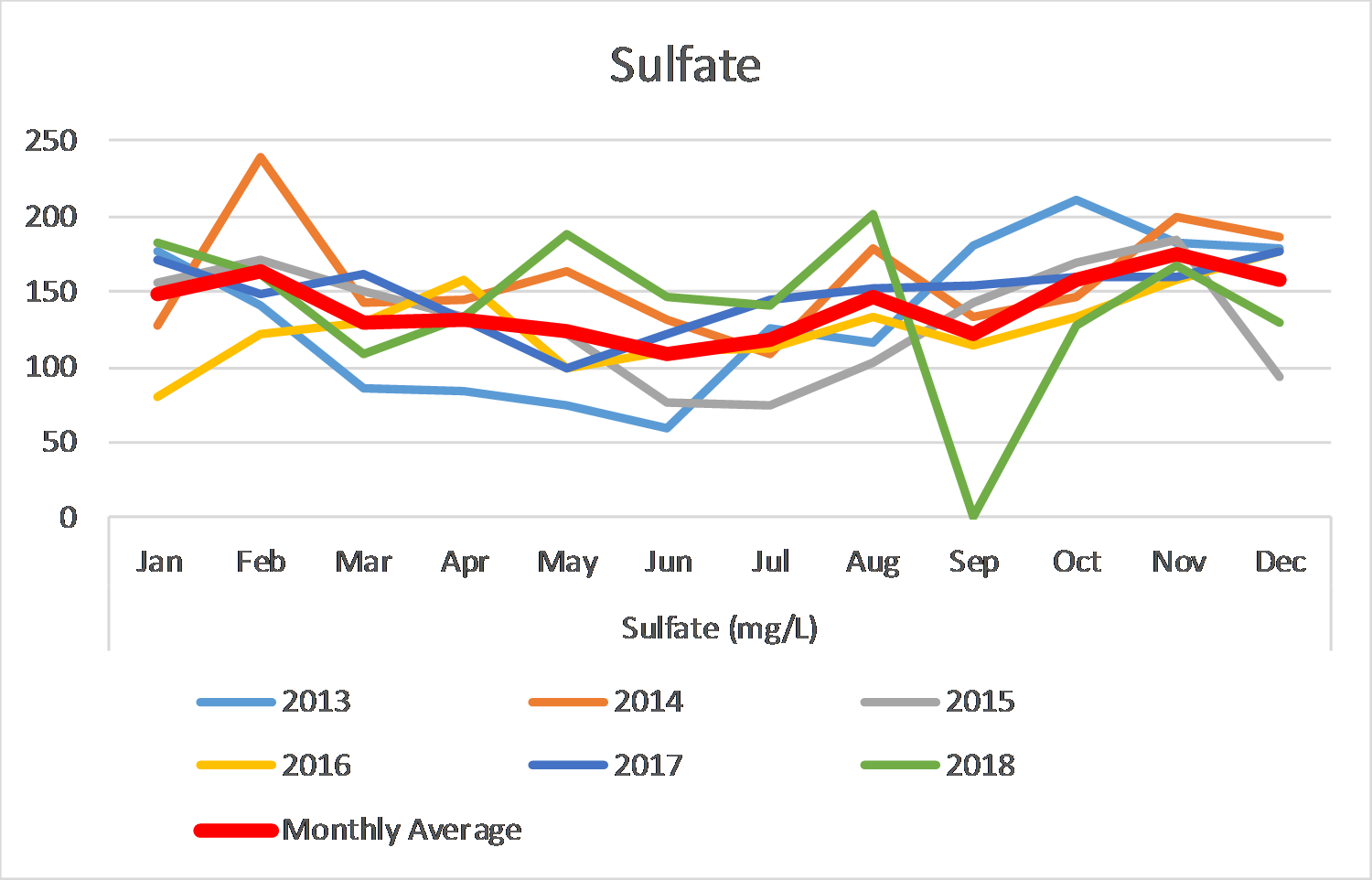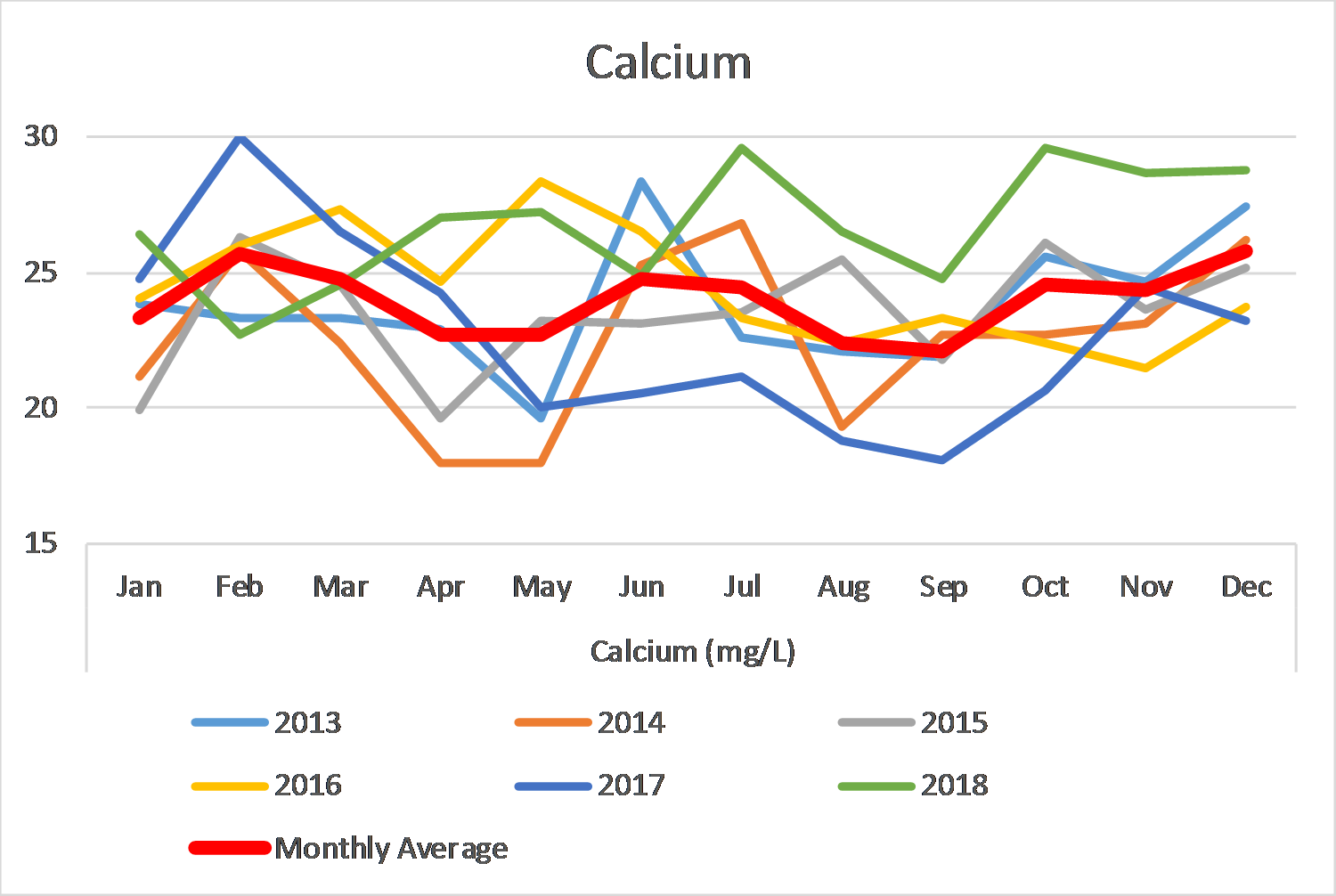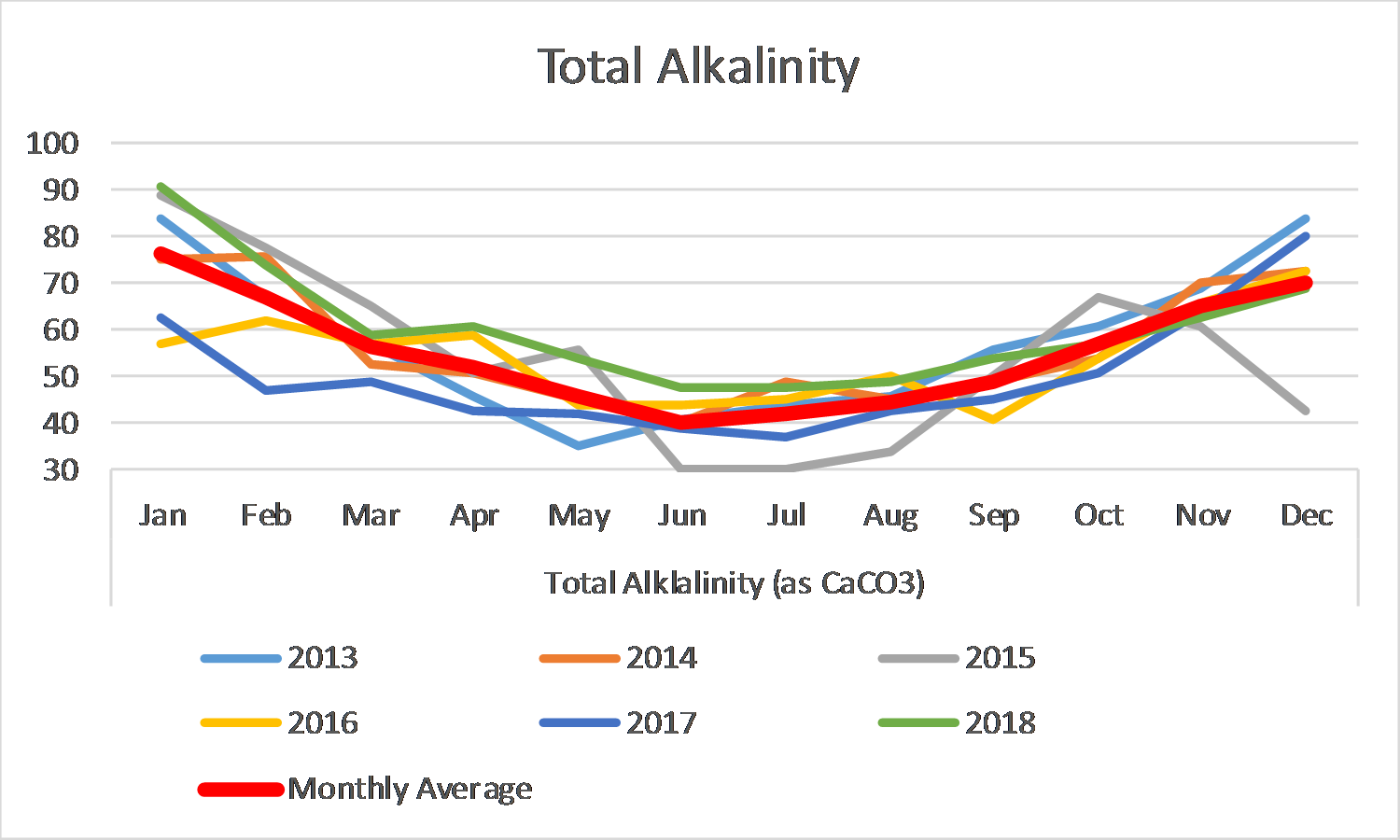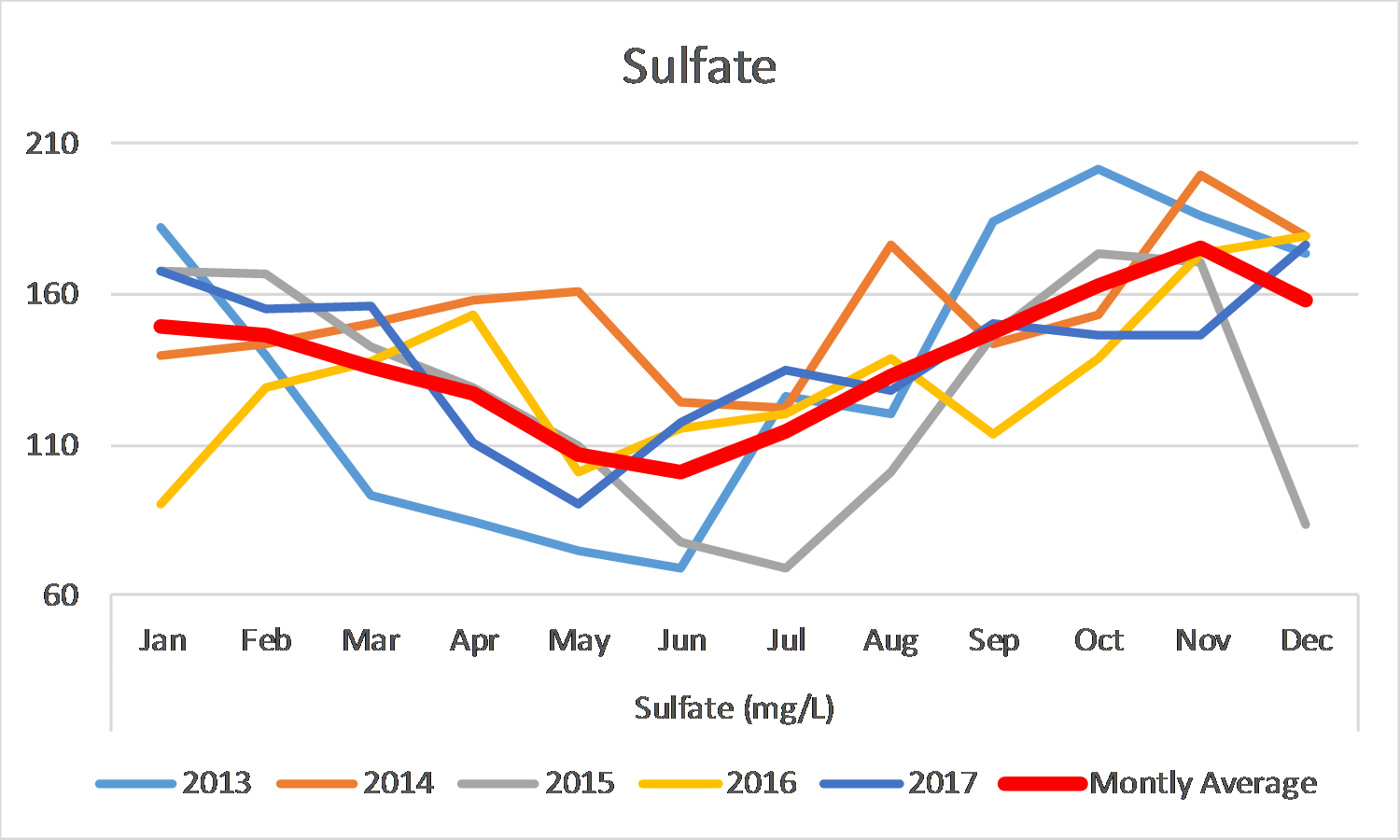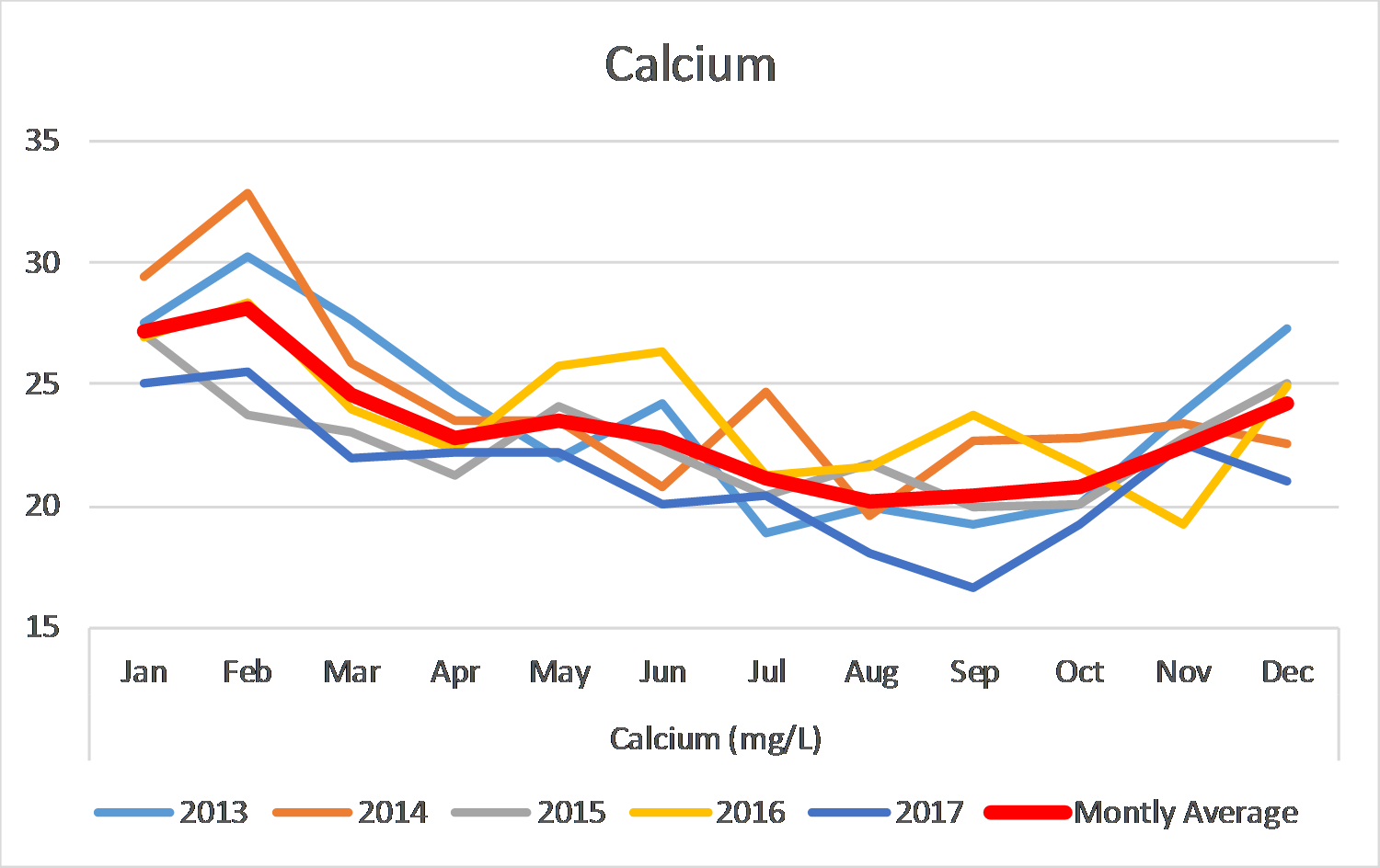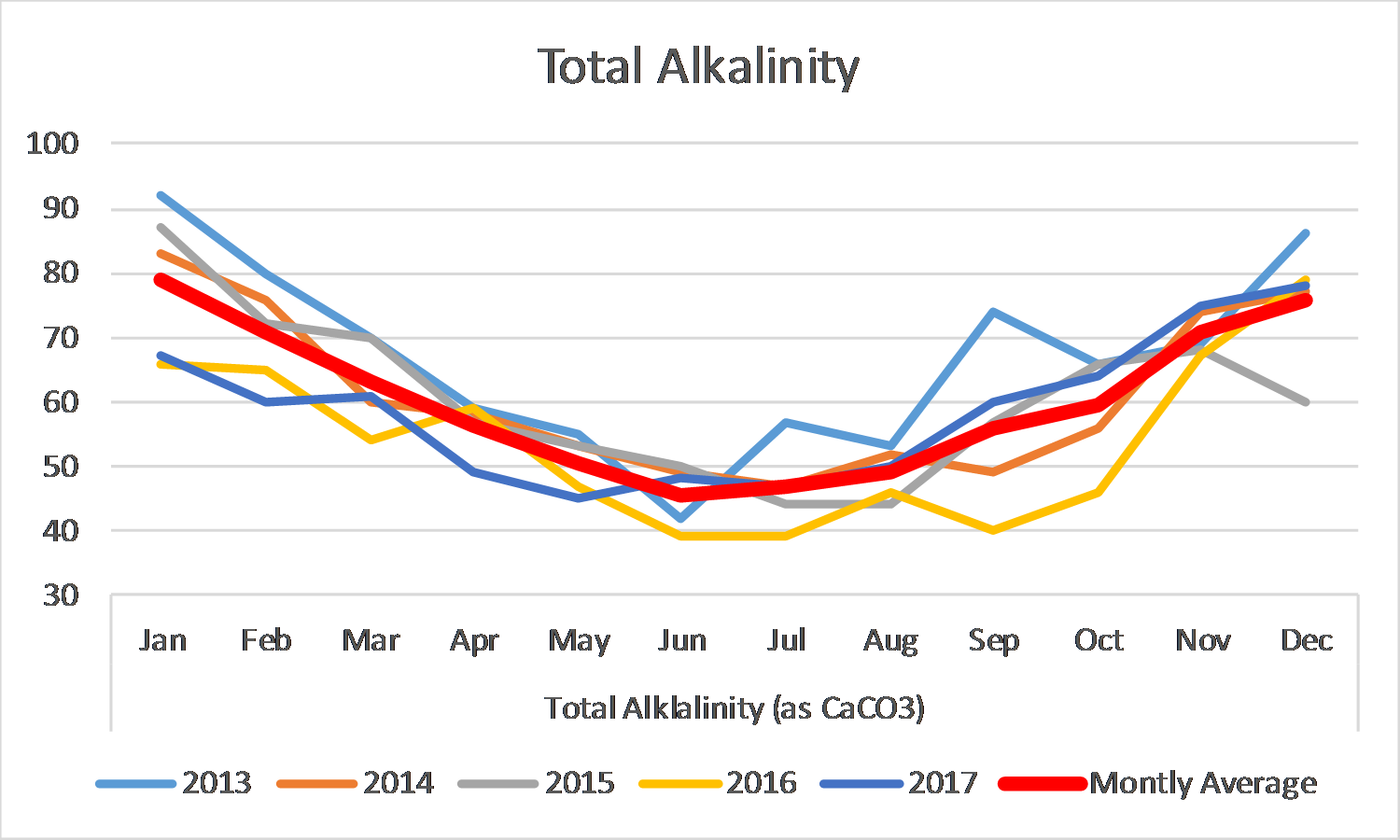Back in February 2019 I sent off a sample of my water to Ward Labs. I have been using the data from that report for my water adjustments. I am making better been than ever, but I have made several changes to my process this year in addition to water chemistry. My measured pH numbers are usually pretty close to the predicted values.
I recently reached out to my local water company and they directed me to a location where I could get more detailed monthly data. The woman that I talked with basically said "we don't do that testing ourselves but we use the same water source and treatment as the county next door and we reference their testing."
I am wondering if I should use the county data to tweak my numbers? I know my tap water likely varies from month to month. Should I just be happy that I am making good beers using my report?
I grabbed what they had so far for 2019 and compared it to my Ward Labs report. The average Sodium and Chloride from the county is generally lower than the report. [The Orange-ish cells are tested quarterly, Nov/Dec data is not posted, and not all Oct data is reported.]

Here is a chart of the data. I am not sure I see an drastic trends, other than a slight dip in May and some higher numbers in the fall. I have not looked at past years to see if there is a trend. They seem to always post a report from early Dec that does not have Dec data.
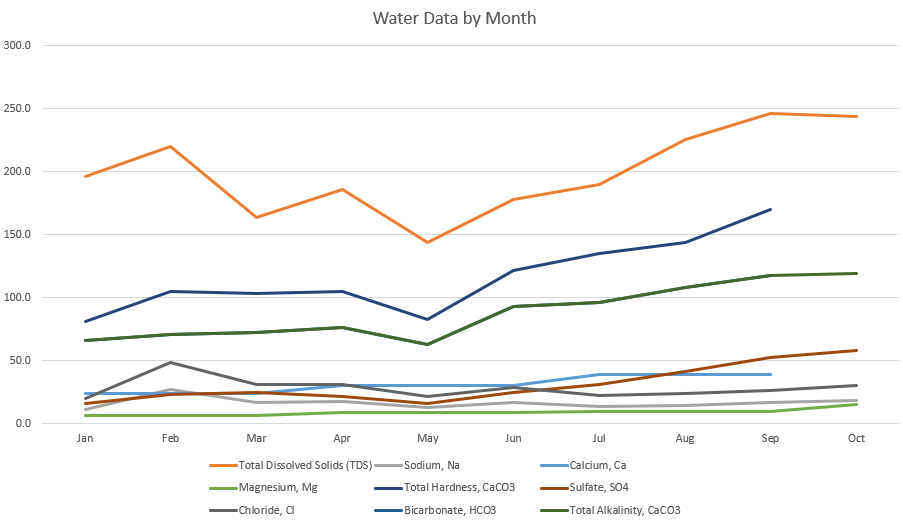
I recently reached out to my local water company and they directed me to a location where I could get more detailed monthly data. The woman that I talked with basically said "we don't do that testing ourselves but we use the same water source and treatment as the county next door and we reference their testing."
I am wondering if I should use the county data to tweak my numbers? I know my tap water likely varies from month to month. Should I just be happy that I am making good beers using my report?
I grabbed what they had so far for 2019 and compared it to my Ward Labs report. The average Sodium and Chloride from the county is generally lower than the report. [The Orange-ish cells are tested quarterly, Nov/Dec data is not posted, and not all Oct data is reported.]

Here is a chart of the data. I am not sure I see an drastic trends, other than a slight dip in May and some higher numbers in the fall. I have not looked at past years to see if there is a trend. They seem to always post a report from early Dec that does not have Dec data.

Last edited:

















![Craft A Brew - Safale S-04 Dry Yeast - Fermentis - English Ale Dry Yeast - For English and American Ales and Hard Apple Ciders - Ingredients for Home Brewing - Beer Making Supplies - [1 Pack]](https://m.media-amazon.com/images/I/41fVGNh6JfL._SL500_.jpg)







































